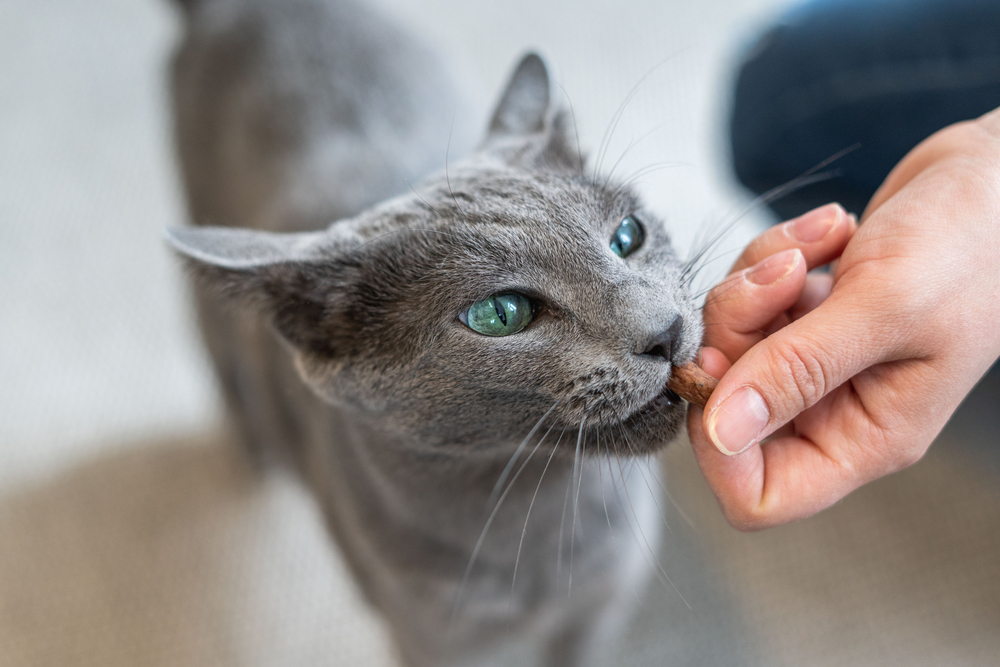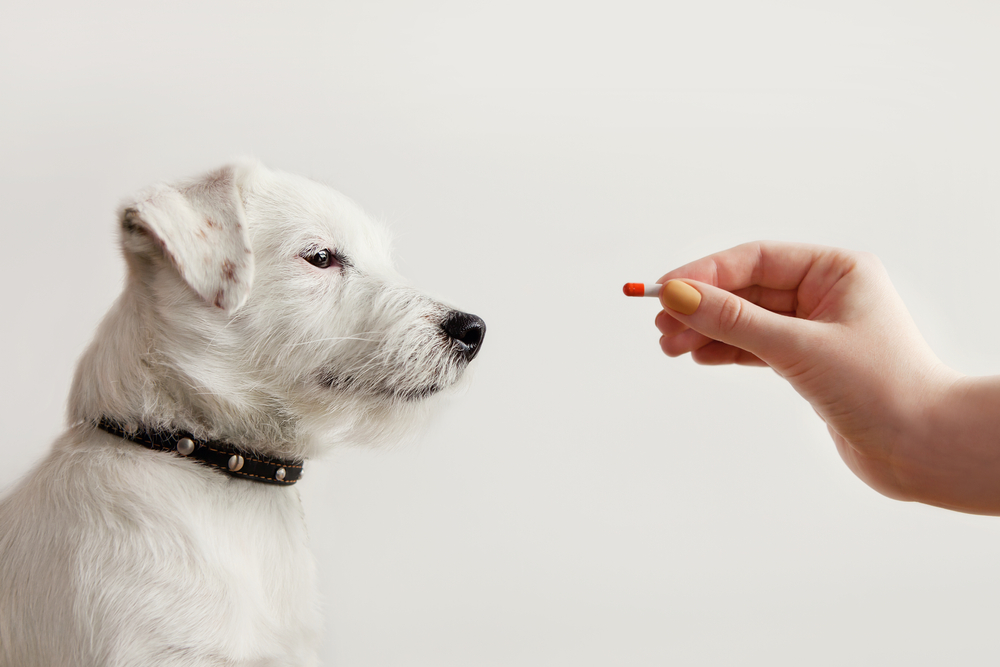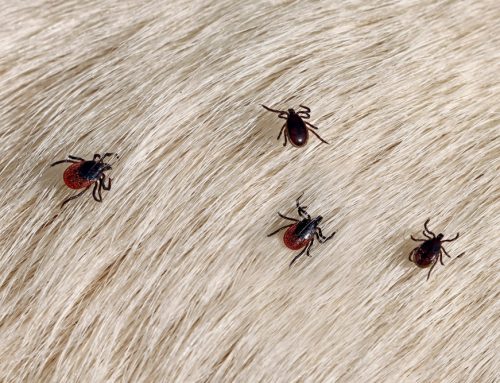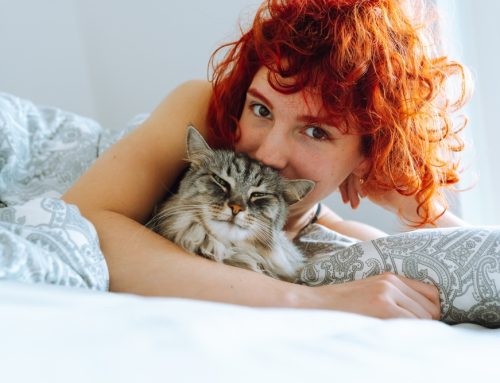Medicating your pet can be challenging, especially when they struggle or spit out the medication. Pets often resist taking their medicine because of their unfamiliar taste or smell, or simply because they sense something unusual. However, with the proper techniques and patience, you can successfully medicate your pet and minimize your own and your pet’s stress. Our Best Friends Veterinary Care team has recommendations to help you accomplish the difficult medication task.
Discuss your pet’s medication with our veterinarian
Our veterinary team will provide instructions for administering the prescribed medication to your pet. We will provide the necessary prescription, dosage instructions, and any potential side effects. When we do, ensure you ask these questions:
- What is the medication for?
- How should it be administered (e.g., orally, topically)?
- How often should my pet be medicated?
- What are the side effects?
We can also demonstrate how to successfully medicate your pet—for example, if they persist in resisting pills, we can consider other medication forms, such as liquids.
Pet medications that can be taken with food
Many pets are more likely to take their medication if they don’t realize it’s medicine. Consult with our veterinary team about hiding the pill or liquid in food or mixing it with food or water. Try hiding pills or capsules in a treat, a small amount of wet food, or a specially designed pill pocket. Liquid medications can often be mixed with a small amount of food, water, or broth, which many pets will lap up eagerly.
How to medicate your pet
Take the following steps to administer the medication to your pet according to the formulation:
- Capsules or pills — You can hide pills or capsules in a treat or a pill pocket, a type of treat with a hollow center. Other options for disguising medications include cream cheese, deli meat, peanut butter that does not include xylitol as an ingredient, or mashed, unseasoned sweet potato or pumpkin. Pill poppers are another great choice, because they’re easy to use and reduce bite injuries.
- Liquid — These drugs come with a syringe that outlines dosage. Measure the prescribed dose in the syringe, hold your pet securely with their head slightly tilted back, Insert the syringe into the side of their mouth aiming for the back of the throat, and slowly release the medication. You can also mix a liquid drug with food or water, but you must ensure your pet takes their entire dose.
- Topicals — For medications that need to be applied to the skin, such as ointments or drops, ensure the affected area is clean and dry and apply the prescribed amount directly to the affected area. Do not let your pet lick or scratch the area until the topical has been absorbed—you may need to use an e-collar or other distraction to prevent your furry friend from licking.
Create positive associations with pet medication

Training your pet to take their medications is akin to other training tasks—positive reinforcement through rewards is the most successful method. Positive reinforcement involves giving treats, affection, or verbal praise immediately following their medication, so they realize that their cooperation earns a positive outcome. The more often you medicate your pet, the more they will become accustomed to and comfortable with the process.
Successfully medicating your pet requires using the proper technique, patience, knowing the correct dosage, and offering rewards and praise. Remember, every pet is different, so what works for one might not work for another. Consult our veterinary team to find the best method for your furry friend.
Is your pet resisting their medication? Contact our Best Friends Veterinary Care team for assistance.








Leave A Comment